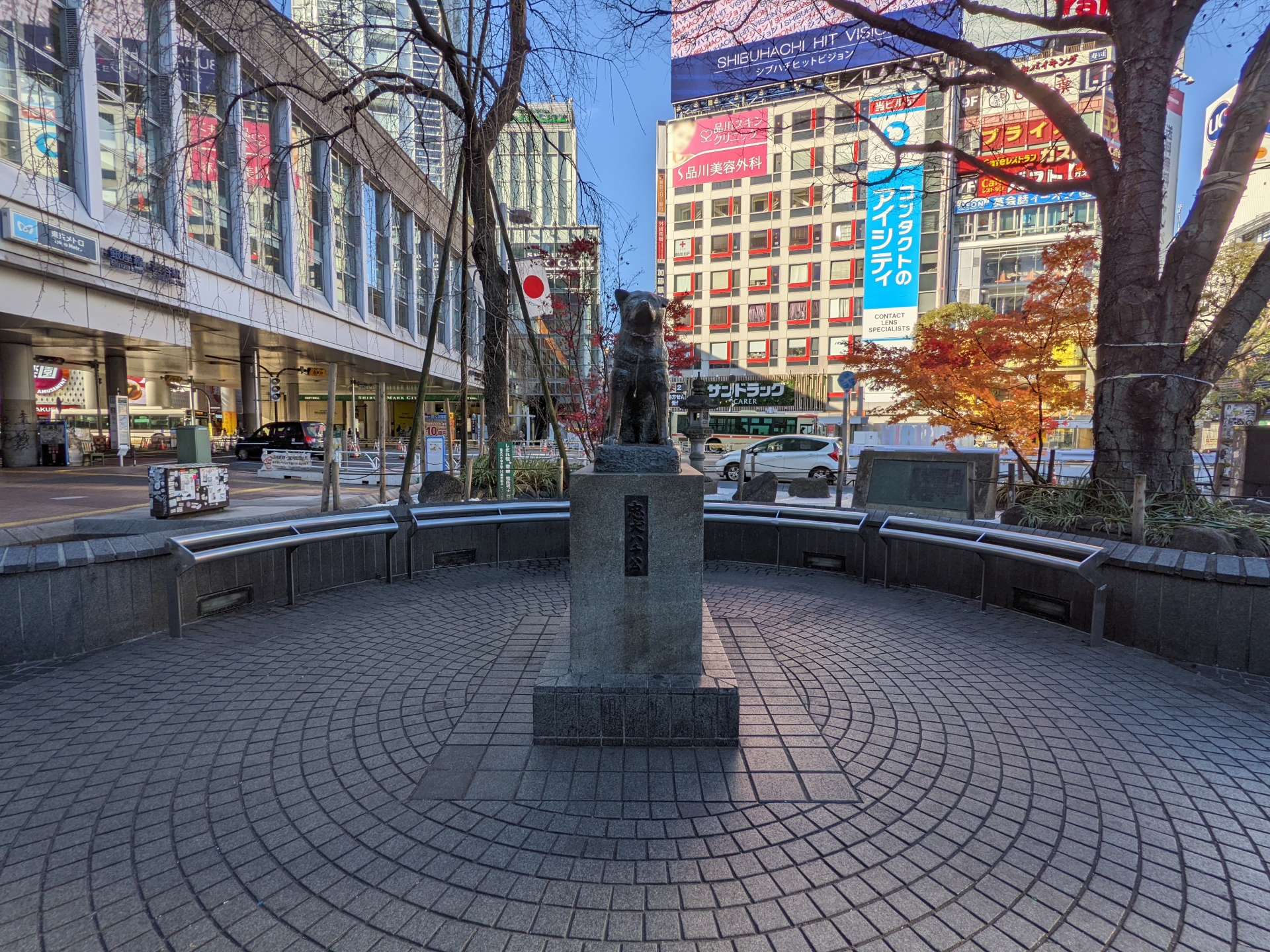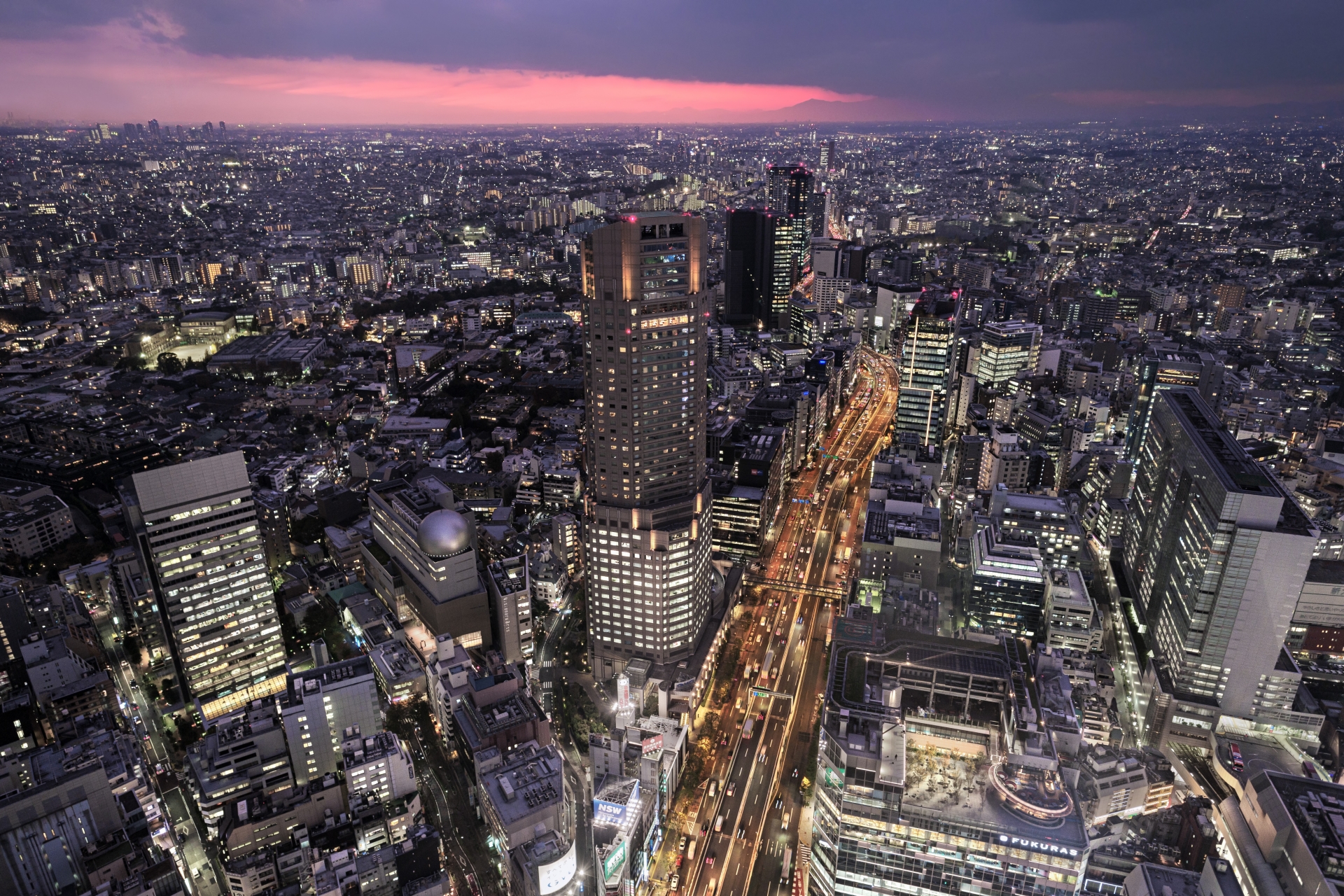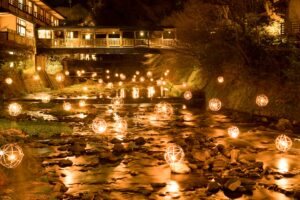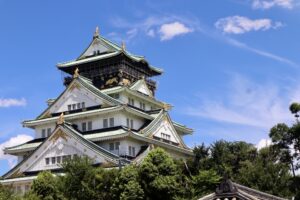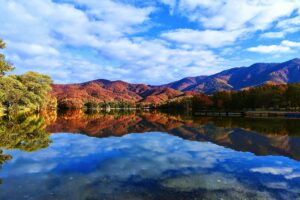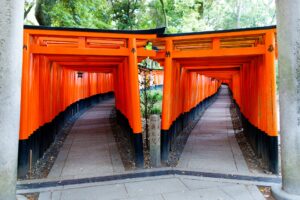Shibuya Sky offers a breathtaking 360-degree view of Tokyo from its 229-meter observation deck. In this guide, we’ll cover everything you need to know to make your visit seamless, from booking tickets to capturing the best photos of Tokyo’s skyline. Whether you’re a tourist or a local, we’ll help you maximize your experience at one of the city’s must-see attractions.
What is Shibuya Sky?
Shibuya Sky is an iconic observation deck located at the top of the Shibuya Scramble Square building in Tokyo, standing 229 meters tall. Offering an impressive 360-degree view of Tokyo, this observation deck is one of the city’s most famous viewpoints. Visitors can witness the bustling Shibuya Crossing below and, on clear days, spot landmarks such as Mount Fuji and Tokyo Tower.
Unlike other observation decks like Tokyo Skytree, Shibuya Sky stands out for its open-air Sky Stage, where visitors can feel the breeze and capture unobstructed views. The sleek modern design of the building also complements the futuristic feel of this experience. Whether you are a tourist or a local, this site is a must-visit, blending the urban energy of Shibuya with tranquil sky-high views.
How to Buy Tickets for Shibuya Sky
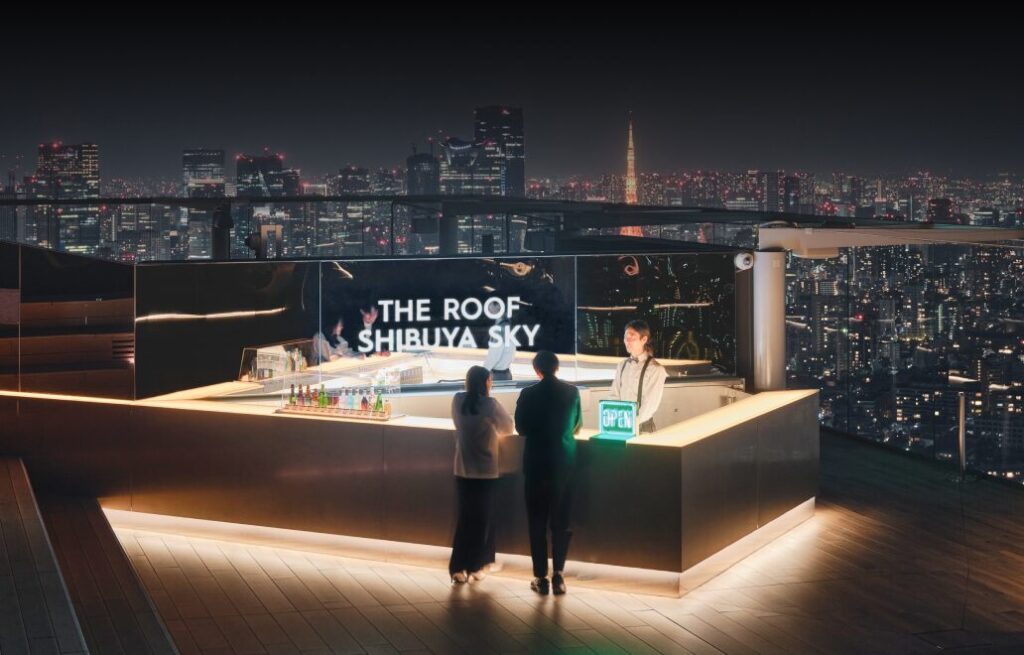
Tickets for Shibuya Sky can be purchased both online and at the venue, but it is highly recommended to book in advance, as tickets are available up to four weeks prior. The prices for tickets vary depending on the age group:
- Adults: ¥2,500
- Junior High and High School Students: ¥2,000
- Elementary School Students: ¥1,200 (only available at the ticket counter on the day of your visit)
- Young Children (Ages 3-5): ¥700 (also available only at the ticket counter)
- Children under 3: Free of charge
There are also special packages such as:
- Lunar World Quartet Event Ticket: ¥3,500, which includes admission, original music downloads, and event-specific stickers.
- Premium Photo Plan: Starting at ¥32,780, this includes a professional photoshoot at Shibuya Sky, and the admission fee for two people. A kimono (yukata) dressing plan is also available for ¥54,780.
Purchases can be made through platforms like Trip.com, KKday, Klook, or the official Webket site. However, note that the Webket platform may only accept credit cards issued in Japan, so plan accordingly.
For visitors who want more flexibility, Shibuya Sky also offers an Annual Passport for ¥7,500, granting unlimited entry throughout the year. Keep in mind, due to high demand, new purchases for annual passes may be temporarily suspended.
Booking online ensures you avoid long lines, especially during peak seasons, and gives you the flexibility to choose your preferred time slot for an unforgettable experience at this iconic viewpoint.
Reference: チケット購入 | SHIBUYA SKY
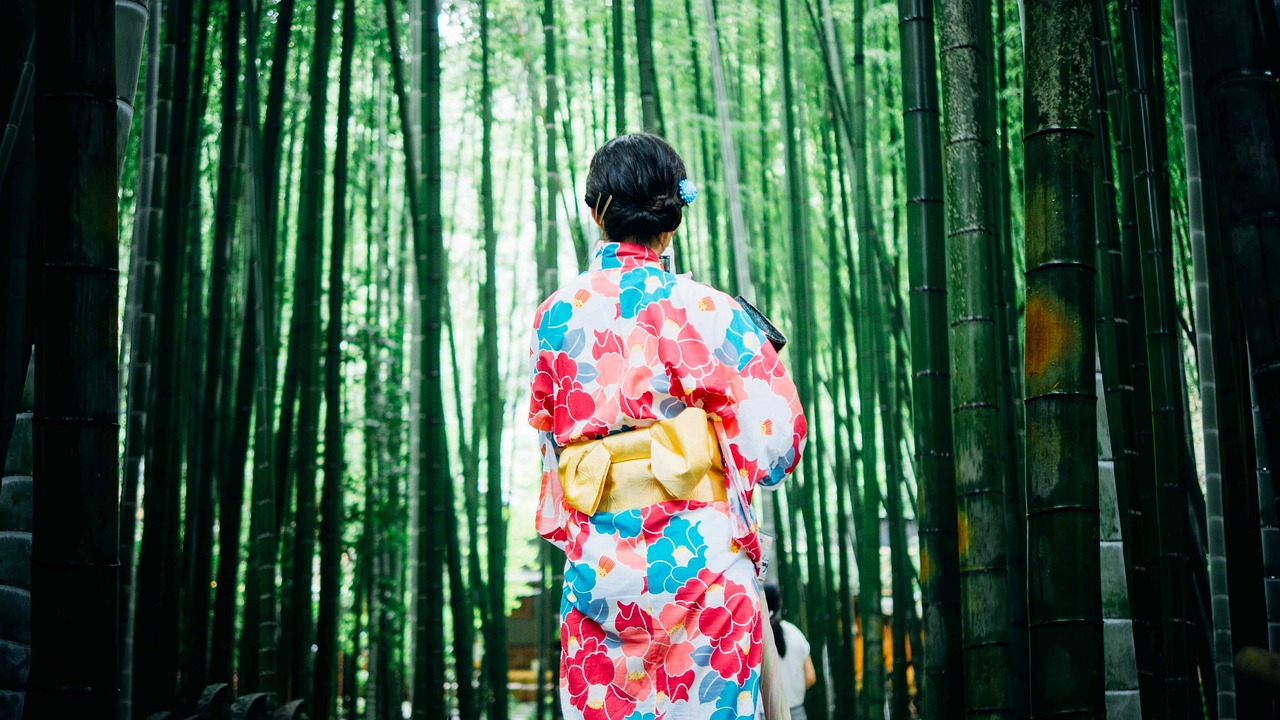
Best Times to Visit Shibuya Sky
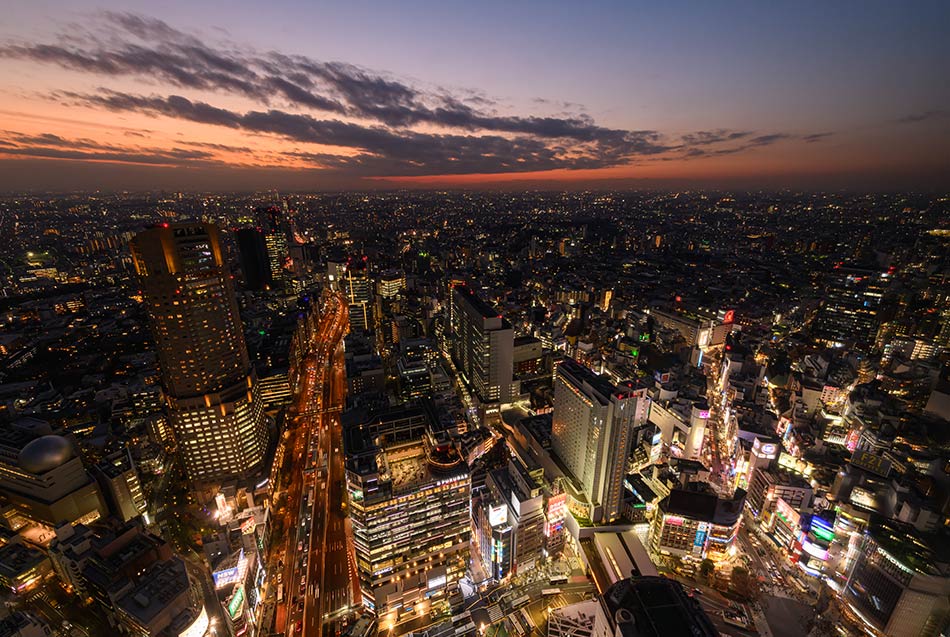
The best time to visit Shibuya Sky is either during sunset or nighttime. These periods offer breathtaking views of Tokyo’s skyline, and on clear days, you can even see Mount Fuji in the distance. Sunset times vary depending on the season, so it’s a good idea to check the sunset schedule in advance for the most picturesque moments.
Morning visits are also great if you prefer fewer crowds. Weather plays a crucial role, and on cloudy days, visibility might be limited, reducing the chance of seeing far-off landmarks. Be sure to check the forecast before your visit for clear skies and optimal viewing conditions.
Exploring the Three Zones of Shibuya Sky
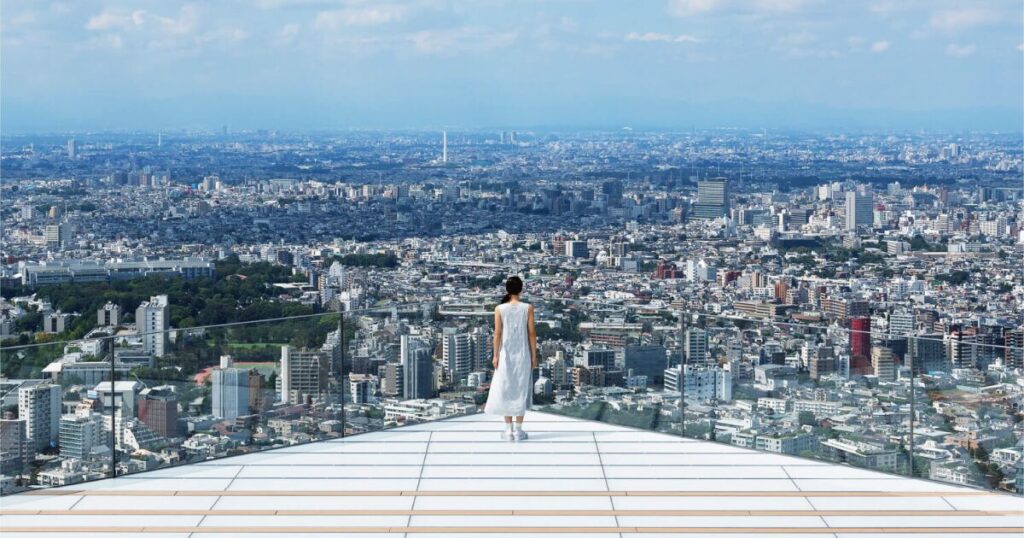
Shibuya Sky is divided into three distinct zones: the Sky Gate, Sky Gallery, and Sky Stage.
- Sky Gate: The journey begins with the Sky Gate, an indoor corridor that transports you to the observation deck via high-speed elevators. The futuristic lighting and design here make for an exciting start to your adventure.
- Sky Gallery: This indoor observation area features digital exhibits and interactive installations. The glass-enclosed space provides a sheltered way to enjoy the views while exploring immersive displays about Tokyo’s landscape.
- Sky Stage: The highlight of Shibuya Sky, this open-air observation deck allows visitors to experience Tokyo without any barriers. It includes unique spots like the Cloud Hammock, where you can lay back and take in the views, and Sky Edge, a corner with no surrounding glass, ideal for daring photos.
Photography and Instagram Tips
Shibuya Sky is an Instagrammer’s dream, with plenty of photogenic spots. For the clearest photos, use the gaps between the glass barriers at Sky Stage to avoid reflections. Sunset and night views are especially captivating, providing an excellent backdrop for long-exposure shots of the city lights.
To capture the iconic view of Shibuya Crossing, look for vantage points on the lower levels or near Sky Edge. A wide-angle lens is recommended to fully capture the cityscape, and don’t forget to bring a tripod for steady nighttime shots.
Nearby Attractions and How to Access Shibuya Sky

Shibuya Sky is easily accessible via Shibuya Station, one of Tokyo’s busiest transportation hubs, connected by multiple train lines, including the JR Yamanote Line, Tokyo Metro Ginza Line, and more. The entrance to Shibuya Scramble Square is just a short walk from the station’s Hachiko Exit.
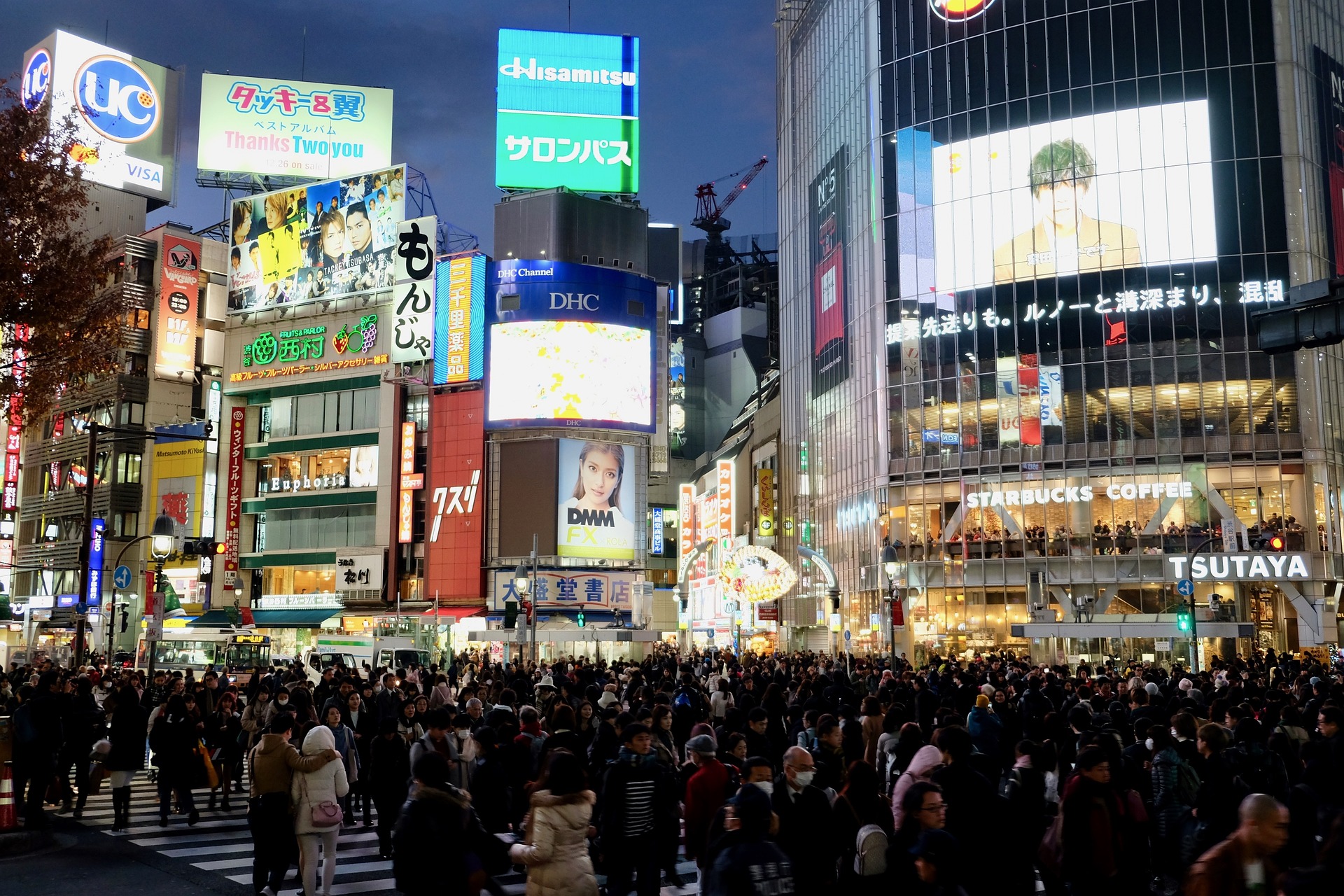
Nearby attractions include the famous Shibuya Crossing, where thousands of people cross the intersection simultaneously, and the Hachiko Statue, a beloved meeting point. You can also explore trendy shopping spots like Shibuya 109 or indulge in dining experiences at Shibuya’s diverse eateries. Planning a full day in the Shibuya area is easy, with plenty of things to do before or after your visit to Shibuya Sky.
